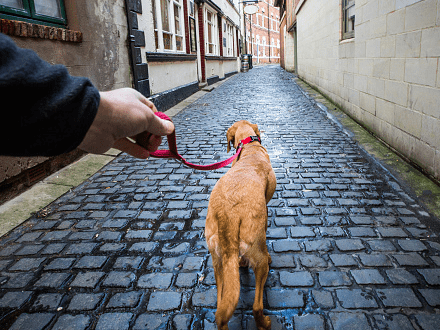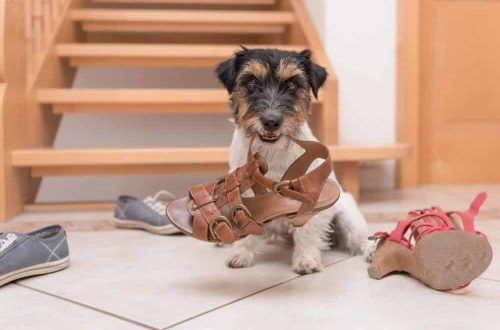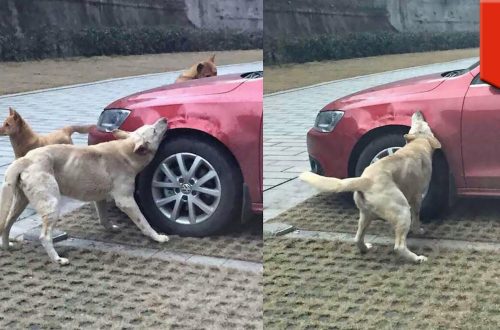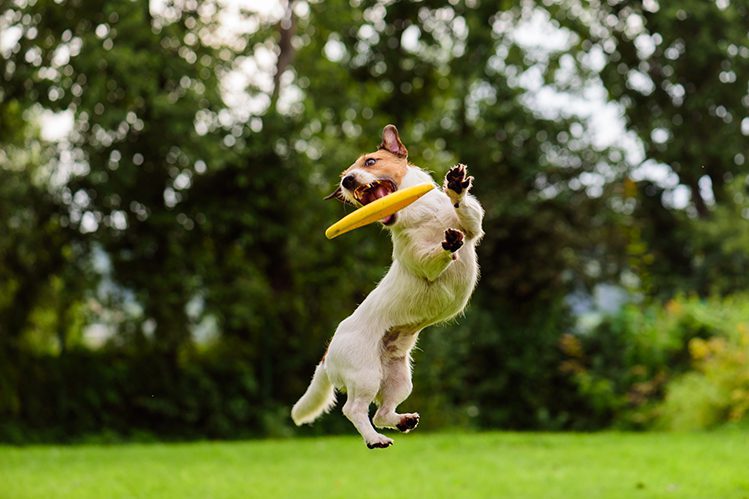
What are dog training courses?
A trained dog is not only a reason for pride, but also a guarantee of the safety of both the pet itself and everyone around it. But that’s not all. For centuries, people have selected dogs with certain inclinations and abilities – they have turned into different breeds, which can be conditionally divided according to their functionality into shepherds, hunting (pointers, hounds), security, service and companion dogs. These dogs, like people, need to realize their abilities in order to be happy. And a properly selected training technique allows you to discover and develop their natural talents. This, you see, is much more pleasant and useful than raising a “sofa” pet.
Dressing can be done independently. But this requires experience and a lot of time, especially when it comes to medium and large breeds. In any case, the result of “home” training loses to specialized courses. After all, if you are not a professional, it is difficult to create a really competent program and take into account the behavioral characteristics of your particular dog. That is why special courses are in such demand. In our article we will talk about the five most popular programs.
OKD is a general course, the Russian training system. It includes teaching the dog the norms of behavior, the basic commands (“to me”, “next”, “lie down”, “sit”, etc.), as well as some special disciplines, such as fetching and steeplechase. In addition, the course allows you to improve the physical shape of the dog.
Training takes place on the site, with the participation of the owner, individually or in a group. Training can begin as early as 3,5 months: this will avoid problems with the behavior of the puppy. But a dog is allowed to exams and competitions in OKD about a year. You can take the OKD exam only in Russia.

These two courses can be combined into one paragraph, since in fact they are analogues.
BH is a German companion dog training program. The course includes in-depth training in general obedience and master-dog bonding commands. Unlike OKD, you won’t find passing obstacles and fetching here, but the program will teach you how to manage a pet on a playground or in a city. The VL exam can be taken in many countries.
UGS stands for “managed city dog”. The course includes a minimum of entertainment and a maximum of obedience. Thanks to the program, the dog learns to behave correctly on a walk: not to pull the leash, not to pick up food from the ground, not to bark at passers-by, not to be afraid of noises, etc. An interesting feature is that there are no normative commands in the course. You can use both generally accepted commands and author’s ones (without fanaticism, they must be censored). The UGS course is not officially accepted by the Russian Kennel Federation, so if you plan to send your dog to the RKF exams, it is better to choose another program. Training and exams for the course are conducted by cynological clubs.
Both programs are an alternative to OKD with an emphasis on managing the dog in all situations, and not just in a closed area (as in the general course). Designed for dogs from 5-6 months on average.
International dog obedience program, especially popular in America and Europe. The course is designed for training companion dogs. The complexity of this discipline lies in teaching the dog to quickly and flawlessly follow commands given without a voice and / or at a distance.
The main feature of the course is unusual competitions. Several dogs are involved in the process at once. They compete in who better and faster executes commands. Competitions and championships in obedience are held all over the world.
The course is designed for dogs over the age of 6 months.
This is the favorite course of most dogs and their owners! An English program aimed at both learning and entertainment.
In the classroom, the owners and their pets learn to go through obstacle courses together, and without a collar, leash, and even treats. No encouragement and contacts in the way of obstacles are unacceptable.
The program develops dexterity, concentration, reaction, improves physical fitness, and most importantly, teaches teamwork. Having mastered agility, the owner and dog understand each other perfectly and have no problems with obedience.
According to many, agility is not training, but a way of life, a real and very exciting sport for both the dog and its owner!
This discipline is popular all over the world. Every year it hosts a huge number of competitions. Age does not matter for agility. The sooner the puppy starts training, the more chances he has to become a champion!
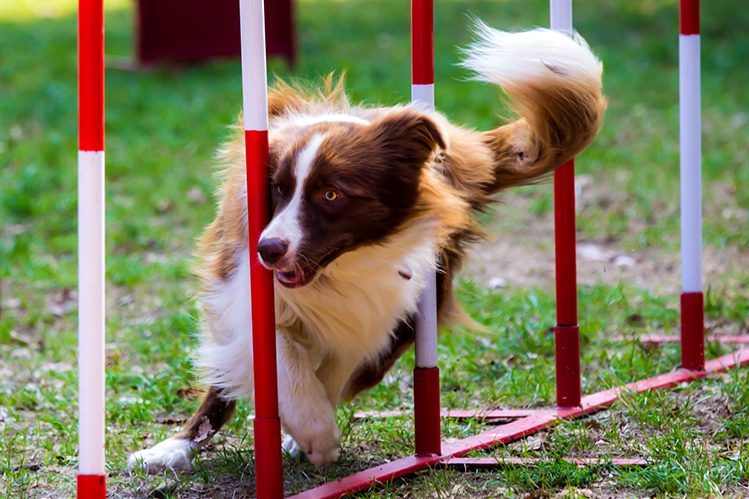
A very interesting French discipline that develops courage, intelligence, agility and natural talents of the dog.
Mondioring teaches the pet how to behave in non-standard situations: moving with a stroller, handling persons with disabilities, guarding small children, protection exercises, etc.
The course reveals the capabilities of a particular dog. There are a lot of training and competition scenarios. This is a very versatile and spectacular discipline.
There are also more “narrow” specialized courses, for example, ZKS (protective guard service, including sampling things by smell), SCHH (protection), FH (tracking), etc., professional programs that prepare the dog for work in various services and other sports and entertainment disciplines such as flyball (a game sport for dogs in high-speed catching balls) or weight pulling (competitions for the strength and endurance of a dog by moving weights on a cart).
It remains to determine what is right for your dog. Dare!



